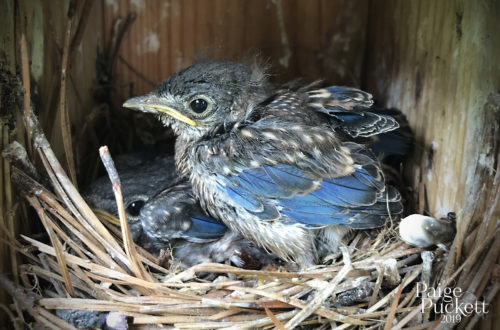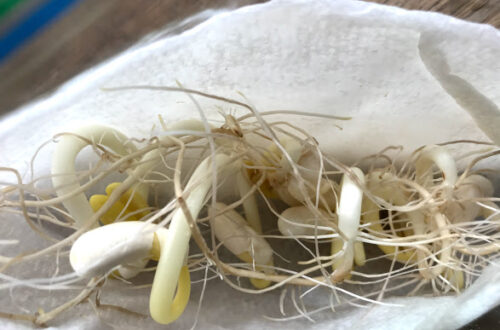What is Overwintering in the Garden?
In case you were under any false impressions that I am a seasoned gardener, I will go ahead and make this clear: I am a “Google gardener”. While I don’t have many years experience gardening, I spend a lot of time reading forums and articles about gardening and the specific crops I am growing or planning to grow. I’ve often used Google images to identify my garden pests and then research how to avoid them in the future. The past four summers, I have grown a lot personally and have made many mistakes which is slowly giving me experiential knowledge.
This will be my first time planting in the fall. What got me started was that my spring plantings of garlic and onions were disappointing. I would have been better off just buying garlic and onions, which is what I had to do anyhow. In searching for when to plant for better success, I ran across this concept of “overwintering”. Those of you who have been gardening, go ahead and chuckle, but this was a pretty exciting concept to a new gardener. The idea is, you plant in the fall early enough for roots to establish themselves, and then the cold months initiate bulbing (in the case of garlic and onions), leading to a larger, healthier spring harvest. This can be done with garlic, onions, parsnips, and certain breeds of carrots, cabbage, cauliflower and broccoli depending on your location. An excellent source for North Carolina gardeners is The North Carolina Cooperative Extension Service. This is a good article from New Hanover County titled “Garlic Production for the Gardener.”
I planted spinach this Spring and was able to get several quarts of leaves before the plants bolted. I’ve read that fall spinach can have better flavor than spring spinach. Spinach requires cooler temperatures for germination. In warmer regions it can be grown all winter long, but in cooler areas, Spinach can be overwintered, where just a few inches grow before the cold hits and then the crop continues in the early spring for a harvest earlier than most spring planters achieve. This article from Mother Earth News talks about fall planting and has links to other guides on growing spinach.
Another thing I have been reading about in the latest issue of “Organic Gardening” is winter cover crops. Behind the three raised beds in the back, we are going to add two 8ft x 10ft plots that will be tilled and planted with a cover crop of winter rye to protect from weeds, aerate the soil with roots and give a layer of organic matter for the spring. These will be used for growing corn, okra and other row crops in the spring. The sun is good there, but there are some very tall pines that are sucking the soil dry and making it fairly acidic. I plan on taking in soil samples to the local extension for testing and advice.
Joe and I have just added one more small garden for herbs, strawberries and tomatoes, which wraps around two sides of the deck. Newly added lattice will provide better support for the tomatoes next summer. My only concern is that the garden will not get late afternoon sun because it is on the east side of the house. This past weekend I transplanted the strawberries from the back so we can till, I moved a rosemary bush from the front, and I planted the fennel from Oak View Historic Park and rosemary, oregano, and lavender from the Farmer’s Market.




6 Comments
susan
New garden area looks very nice! Good luck on your new gardening technique. Hope you end up with lots of onions and garlic.
Paige
Thanks, mom! I'll come breathe on you if I do 😉
Runner K
Sounds like we are in the same place with our gardening expertise… I just ordered seeds for my first ever fall garden (beets, spinach, lettuce, and a cover crop). I'd love to do garlic too- do you have a good source for starter cloves?
Paige
K, I buy mine from a local nursery. Technically, you could take any bulb from the supermarket and break it up and plant it, but the supermarket bulbs are not guaranteed to be disease free. I think I paid $0.79 for each bulb at the nursery. I would check your local nursery first. The website I found (http://www.localharvest.org/store/bulbs-tubers.jsp) sells it by the pound, which is probably a lot for a small home garden.
Andrea
You are ahead of me but I am really wanting to do some fall gardening. This summer was such a disappointment after last years abundance.
Paige
Silly, Andrea. You had a BABY! You weren't even going to DO a garden. You ought to be proud of yourself.